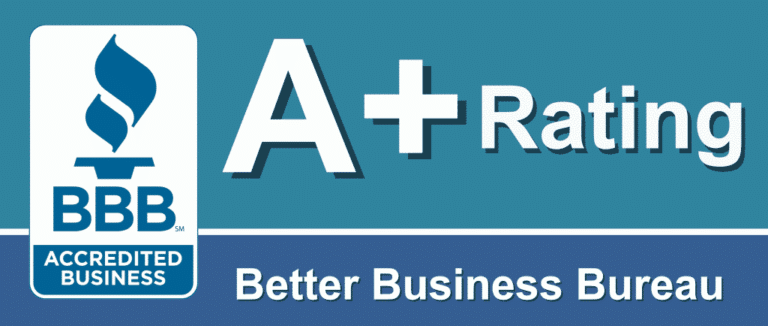I highly recommend Dr. Stephen Sinatra’s book, The Sinatra Solution. Dr. Sinatra is a cardiologist who combines traditional cardiology with his knowledge of complementary modalities such as nutrition, supplementation, whole-body dentistry, etc.
Steve is a patient and a close personal friend and let me tell you, he knows his stuff. His approach to cardiology changed in 1978, when a patient led him to Dr. Jacob Rinse. Dr. Rinse was 91 years old and had reversed his own severe coronary artery disease with nutritional supplementation. Since that day, Dr. Sinatra has been on an incredible journey, studying nutritional medicine, getting certified as a psychoanalyst to help him better understand the mind-body connection, and learning about a variety of different healing modalities.
Naturally, when you heal the heart, other things begin to heal.
The Sinatra Solution is mainly about fueling the furnace that is in every cell – the mitochondria. Our cellular energy comes from adenosine triphosphate (ATP). This is a product of the Krebs cycle – remember this from chemistry class? It is in the mitochondria that the Krebs cycle takes place.
Nurturing the mitochondria leads to a healthier heart and a healthier person in general.
What are the critical fuels to feed the mitochondrial furnace? Co-enzyme Q10, D-Ribose, and L-carnitine work synergistically to keep the mitochondrial fires going.
In his book, Dr. Sinatra goes into detail about each of these nutrients and the benefits he has seen not only in combating heart disease but also in high blood pressure, periodontal disease, diabetes, neurological disorders, infertility and more.
Coenzyme Q10
Coenzyme Q10 was originally called Ubiquinone because of its ubiquitous presence throughout the body. Q10 is a great antioxidant. It also works synergistically with Vitamin E, and research has shown that Vitamin E and Q10 together makes LDL’s (low density lipoproteins, the bad type of cholesterol) more resistant to oxidation than when Vitamin E is used alone. Oxidation of LDL is a cause of atherosclerosis. The E-Q10 combo also lowers C-reactive protein. C-reactive protein is an inflammatory marker, implicated in coronary artery disease, periodontal disease, macular degeneration, etc.
Co-enzyme Q10 is critical to the manufacture of ATP. Dr. Sinatra likens a cell low on Q10 to a high performance race car running on low-octane fuel.
Dr. Sinatra tells the story of L.G., a woman with congestive heart failure (CHF). In CHF the heart is congested with blood and is weakened and cannot pump properly. This resulted from long standing high blood pressure and by age 60 she was diagnosed with CHF. Treated with traditional drugs she was able to function but her health slowly deteriorated. She came to Dr. Sinatra when she was eighty years old, struggling for every breath and weighing only 77 pounds. Her Ejection Fraction (EF) was 15%. The EF measures the amount of blood volume pumped from the left ventricle with each heart beat. Normal is 50-70%. 15% is barely enough to sustain life. Dr. Sinatra gave 90 mg of Q10 daily and she continued her downward path. She then started on 300mg per day and things turned around. A year later, still taking 300 mg per day, she was shopping and very active.
The key was getting her blood level of Q10 high enough. These blood levels can be measured, and Dr. Sinatra has found that the form of Q10 taken is critical to proper absorption. It is important that the delivery of Q10 be in the water and fat soluble form. The form called Q-Gel is superior to the other forms. 15mg of Q-gel is equivalent to 50 mg of standard Q10. 90mg-150mg daily should be taken as a preventative dose. If you are taking a statin drug for lowering cholesterol, double this amount is necessary because the statin drugs deplete Q10 levels! Meat protein is a primary source of Q10, so vegetarians are definitely at risk for low Q10 levels
L-Carnitine
As with Q10, the major source of L-Carnitine is from meat. So again, vegetarians be extra vigilant.Like Q10, L-carnitine is essential for the mitochondria to function properly. The heart uses fatty acids as the main substrate for heart fuel. 60-70% of the heart’s energy comes from the burning of fats. Without L-carnitine the transport of long-chained fatty acids across the cell membrane of the mitochondria cannot occur. Without L-Carnitine, we die.
Another important job of L-carnitine is clearing lactic acid from tissues. Remember, lactic acid is what we build up from exercise that causes the burning or cramping in our muscles.
L-Carnitine fumarate is the preferred form for general bioavailability. The fumarate form also works best with Q10. However, other forms have specific advantages. Acetyl-L carnitine is rapidly absorbed into brain tissue. Thus it is good for formulas to enhance memory, learning, etc. Propionyl – L- carnitine is most specific for heart tissue and has a vasodilatory effect.
Dr. Sinatra’s book cites many studies with reference to L-Carnitine. It is beneficial in angina, during and post heart attack, in preventing arrhythmias, congestive heart failure and more. Studies have also shown its benefit in reducing triglyceride and cholesterol levels while increasing HDL’s (high density lipoproteins – the good type of cholesterol).One gram (1000mg) twice per day is the recommended dose.
D-Ribose
Carnitine and Q10 help support energy metabolism in the heart but they don’t rebuild the energy pool when it has been depleted by heart disease. This is where D-Ribose comes in. D-Ribose improves oxygen utilization in heart muscle and, in fact, muscles in general. D-ribose is manufactured in every cell in the body, albeit slowly. Enough is made to satisfy daily needs. It is not stored in the cells. If we are under stress, there is a deficiency. For example, if a heart is oxygen deprived as after a heart attack, it will become ribose deficient.
Because of the changes that occur from chronic oxygen deprivation, the heart cells will never be able to make a sufficient quantity of D-ribose. Thus any disease that is associated with lowered blood flow, i.e. different forms of heart disease, poor peripheral blood flow that causes pain in the legs, etc., can benefit from supplementation with D-ribose.
Also anytime a healthy person stresses his heart and other muscles, use of D-ribose will be helpful. If you are a “weekend warrior”, taking D-ribose before and after exercise will decrease muscle soreness and fatigue. If you are an athlete, use of D-ribose daily is extremely beneficial.
Dr. Sinatra would be perplexed as to why his patients with coronary artery disease feel so wiped out after a treadmill stress test or an angioplasty. They would complain of extreme fatigue and weariness for 1-2 weeks. Now he understands that it took that long for the cells to make enough D-ribose for energy restoration. Supplementation prior to and after such procedures has made a huge difference in recovery time for his patients.
When the heart is energy starved i.e. after a heart attack, it is also more vulnerable to further problems. Studies show the benefits of D-ribose to prevent future mishaps.
How much D-ribose should you take? Because the cells don’t store it and because it is dependent on how oxygen deprived the tissues are or may be, the amount will vary. Dr. Sinatra outlines dosing: For healthy people as a preventative in cardiovascular disease and for healthy people doing strenuous exercise 5-7 grams daily are recommended. The dosage goes up from here depending on if you have heart disease, peripheral vascular disease, have just had or are going to have surgery, or are having high intensity exercise.
This “awesome threesome” as Dr. Sinatra calls them is also of benefit in fibromyalgia, neurological diseases – just about everything. I urge you to read The Sinatra Solution for more detail, especially if you have any form of heart disease. I have made these supplements part of my daily regimen.
© 2006, Mark A. Breiner, DDS
The information presented is for educational purposes only. You should consult a qualified dentist or health practitioner for diagnosis and treatment.


